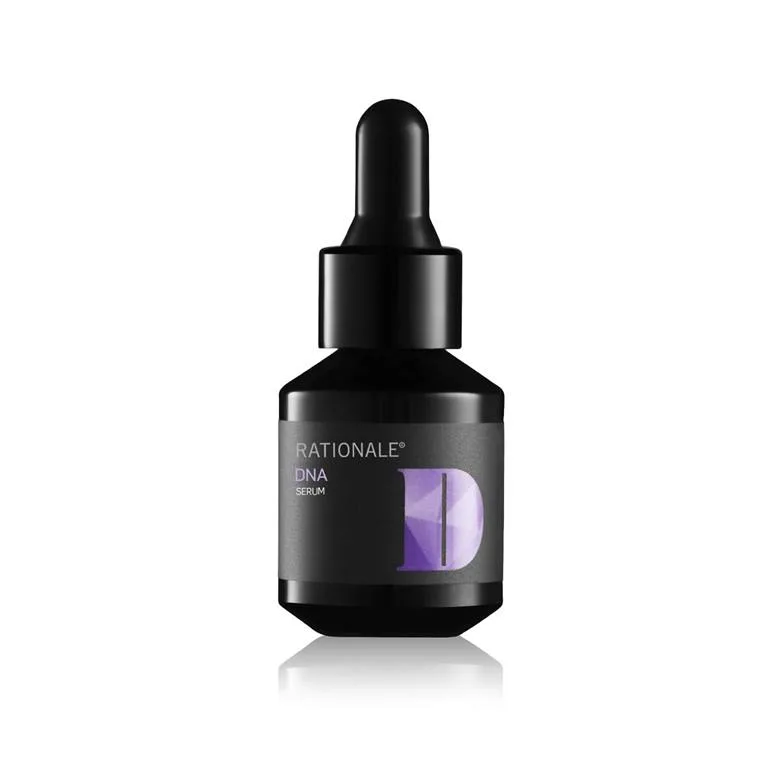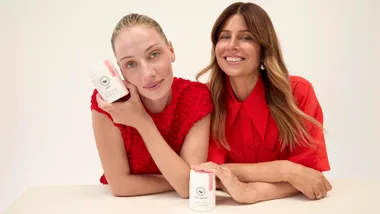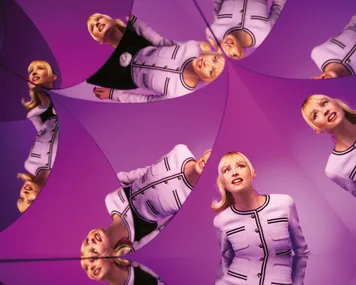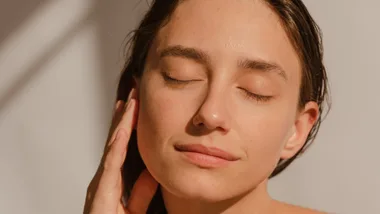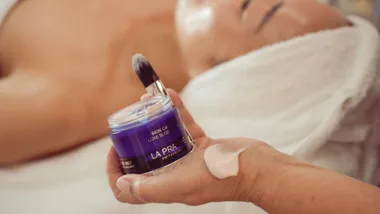We all know that hours in front of our computer screens is damaging our eyesight, wreaking havoc on our sleep patterns and shortening our concentration spans. But there’s another consequence that might make the most enthusiastic selfie-taker go on a digital detox – all that blue light from our screens might be making us look older.
According to a study released by Unilever Skincare Research, four days in front of your computer is equivalent to twenty minutes in the mid-afternoon sun. Say what?
In the last few years, a slew of beauty products that are specifically designed to protect against blue light pollution hit the market. But are these creams and lotions really worth the money — and the extra effort to incorporate them into your skincare routine? To find out, we dug into the research and spoke with several experts about blue light, its effect on skin, and how worried we should be.
Broad spectrum sunscreens are formulated to protect our skin from UV radiation while blue light is visible light – prompting the question, does sunscreen provide adequate protection?
“The sun’s rays are made up of approximately 50% visible light (which we can see), 43% Infrared (which we can feel as heat) and only 7% UV (which we can neither see nor feel). Blue light (part of the visible light spectrum emitted by computers etc) sits beyond the Ultraviolet Spectrum and its effects on the skin are currently under investigation,” explains Richard Parker, Rationale Founder and Director of Research + Development.
“If blue light is deemed to be harmful, alternative strategies for protection will be required, as most current sunscreens only block UV radiation,” Parker adds.
Skinsitute expert Zoe Devine agrees that the jury is still out, explaining, “approximately a third of visible light is considered to be high-energy visible light (HEV) or blue light. The sun will contribute most of our blue light exposure through technological devices now emit blue light (such as LED lighting, flat screen TVs, computers and smartphones).
“That said the amount of blue light emitted from these types of devices is minute compared to the sun, though our period of exposure can very well be much longer.”
Try, Rationale Beautiful Skin Superfluid SPF50 for daily UVA and UVB protection plus illuminating light reflectors for the appearance of an even skin tone.

A 2014 study, in the journal Pigment Cell & Melanoma Research, saw researchers compare skin exposed to blue light with skin exposed to UVB rays, the type of ultraviolet light that’s most closely associated with sunburns and skin cancer. While the skin exposed to blue light showed no signs of cancer growth, it did show “significantly more pronounced hyperpigmentation that lasted up to 3 months,” the authors wrote. Associating the type of blue light emitted by electronic devices to oxidative stress.
“Our skin has an in-built antioxidant system comprised of vitamins and enzymes that help fight Free Radicals caused by sun damage and pollution. As we age, and as we spend more time outdoors, our skin antioxidant defences become overwhelmed, leading to an imbalance of Free Radicals known as oxidative stress,” explains Parker, who notes that a deeper understanding of the part blue light might play in photoaging and skin cancer.

“Topically applied, antioxidants (including Vitamins C and E) and enzymes (Superoxide Dismutase and Glutathione), have been proven to prevent skin damage caused by the environment. If sunlight (which includes Blue Light) is found to be harmful to the skin, it is feasible to assume that these same human antioxidants would be helpful in preventing skin damage.”
What’s more? Antioxidants are naturally produced within our body, can be derived in our diet from foods and also applied topically to the skin.
Try, Rational Environmental Defence + Antioxidant Rejuvenation – apply one pump in the morning directly following other daytime serums and smooth over face, neck, décolletage, and backs of hands.
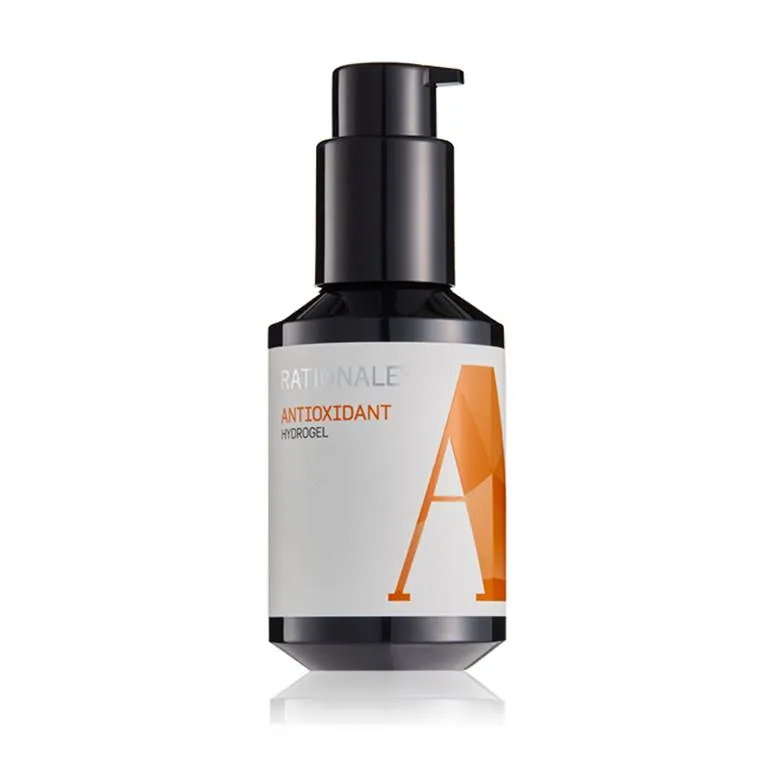
And, Skinstitut Moisture Defence Normal Skin which contains Kakadu plum, one of the worlds highest sources of naturally occurring vitamin C.

Paker also recommends using vitamin A or as it’s also commonly called retinol to reverse the harmful effects of urban living. “The skin has a very efficient environmental repair mechanism based on Vitamin A and DNA Repair Enzymes. These should be applied topically every night to repair damage caused by sun exposure and pollution.”
Try, Rationale DNA Repair Booster for intensive rejuvenation and repair with Vitamin A plus DNA repair enzymes, supercharged with vitamin K and Australian SolarRepair Botanicals.
